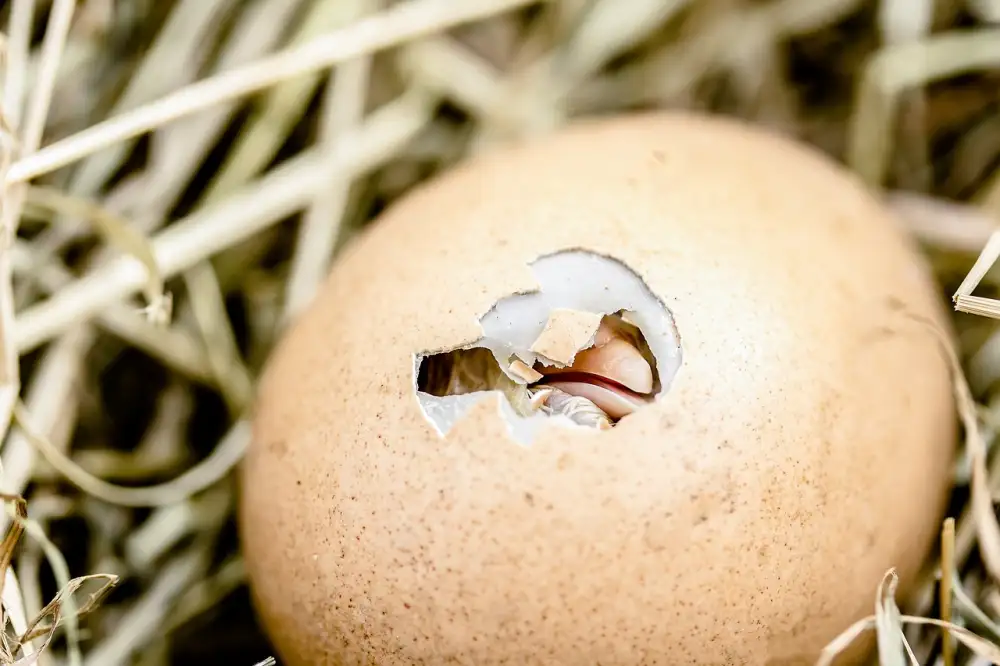Perfect Poached Eggs: A Step-by-Step Guide to Mastering this Classic Breakfast Dish

- Fill a saucepan with water and bring it to a gentle simmer.
- Add a splash of vinegar to the water.
- Crack an egg into a small bowl or cup.
- Create a gentle whirlpool in the water using a spoon.
- Carefully slide the egg into the center of the whirlpool.
- Poach the egg for about 3-4 minutes for a runny yolk or longer for a firmer yolk.
- Use a slotted spoon to remove the poached egg from the water.
- Place the poached egg on a paper towel to drain excess water.
- Season with salt and pepper before serving.
Fill a saucepan with water and bring it to a gentle simmer.
To start the process of making perfect poached eggs, begin by filling a saucepan with water. It's important to use enough water to fully submerge the eggs later on. Place the saucepan over medium heat and bring the water to a gentle simmer. The ideal temperature for poaching eggs is around 180-190°F (82-88°C). This gentle simmer ensures that the egg whites will cook evenly without becoming tough or rubbery. Heating the water slowly also helps prevent the egg from spreading out too much in the pan.
Add a splash of vinegar to the water.
Adding a splash of vinegar to the water when poaching eggs is a crucial step in achieving the perfect poached egg. The vinegar helps the egg whites coagulate faster, resulting in a neater shape and preventing them from spreading out too much in the water. Additionally, the acidity from the vinegar helps to maintain the structural integrity of the egg whites, ensuring a beautifully formed poached egg. So, don't forget to add that splash of vinegar to your simmering water before you crack in your eggs for a flawless poaching experience!
Crack an egg into a small bowl or cup.
To ensure a successful poached egg, crack a fresh egg into a small bowl or cup. This step is crucial as it allows you to easily slide the egg into the simmering water without breaking the yolk. Using a bowl or cup also helps to remove any shell fragments that may have fallen in during the cracking process, ensuring a smooth and clean transfer of the egg into the water. Be sure to use eggs at room temperature for optimal results, as cold eggs can cause the whites to spread out too much in the water before they have a chance to set properly.
Create a gentle whirlpool in the water using a spoon.
Creating a gentle whirlpool in the water is a crucial step in achieving perfectly poached eggs. To do this, take a spoon and swirl it around the edge of the saucepan, creating a vortex in the center of the water. The whirlpool motion helps the egg whites wrap around the yolk neatly, resulting in a well-shaped poached egg. Be careful not to swirl too vigorously, as this can break up the egg. The gentle whirlpool method ensures that your poached eggs come out with a beautifully formed shape and deliciously runny yolk.
Carefully slide the egg into the center of the whirlpool.
Carefully sliding the egg into the center of the whirlpool is a crucial step in achieving a perfectly poached egg. The whirlpool motion helps the egg white wrap around the yolk, creating a neat, compact shape. This technique prevents the egg from dispersing in the water and ensures a beautifully formed poached egg. Be gentle when releasing the egg into the whirlpool to maintain its integrity during the cooking process.
Poach the egg for about 3-4 minutes for a runny yolk or longer for a firmer yolk.
Once you have gently slid the egg into the whirlpool, allow it to poach in the simmering water for about 3-4 minutes. This timing will result in a perfectly runny yolk, ideal for dipping toast or mixing into other dishes. If you prefer a firmer yolk, simply leave the egg to poach for a few additional minutes until it reaches your desired consistency. Remember, the key to achieving the perfect poached egg lies in monitoring the cooking time closely to achieve your preferred yolk texture.
Use a slotted spoon to remove the poached egg from the water.
Using a slotted spoon, carefully lift the poached egg out of the water once it has reached your desired level of doneness. Gently shake the spoon to drain any excess water before transferring the egg to a paper towel-lined plate. This step helps prevent the egg from becoming waterlogged and ensures a perfect texture when you bite into it. Be sure to handle the poached egg delicately to maintain its shape and presentation for serving.
Place the poached egg on a paper towel to drain excess water.
After using a slotted spoon to carefully remove the poached egg from the water, it's important to place it on a paper towel briefly. This step allows excess water to be absorbed, preventing any unwanted sogginess on your plate. The paper towel helps to maintain the perfect texture of the poached egg, ensuring that when you cut into it, you'll reveal a beautifully runny yolk or a firm yolk, depending on your preference. This simple yet crucial step ensures that your poached eggs are not only delicious but also visually appealing when served.
Season with salt and pepper before serving.
Seasoning your poached egg with salt and pepper is the final touch that enhances its flavor profile. The addition of salt brings out the natural taste of the egg, while a sprinkle of freshly ground black pepper adds a subtle kick. Be sure to season your poached egg immediately after removing it from the water to ensure that the seasoning adheres well. A light dusting of salt and a gentle grind of pepper will complement the delicate texture and rich taste of the perfectly poached egg, creating a simple yet satisfying breakfast dish that is sure to impress.
Published: 23. 04. 2024
Category: Recipes



